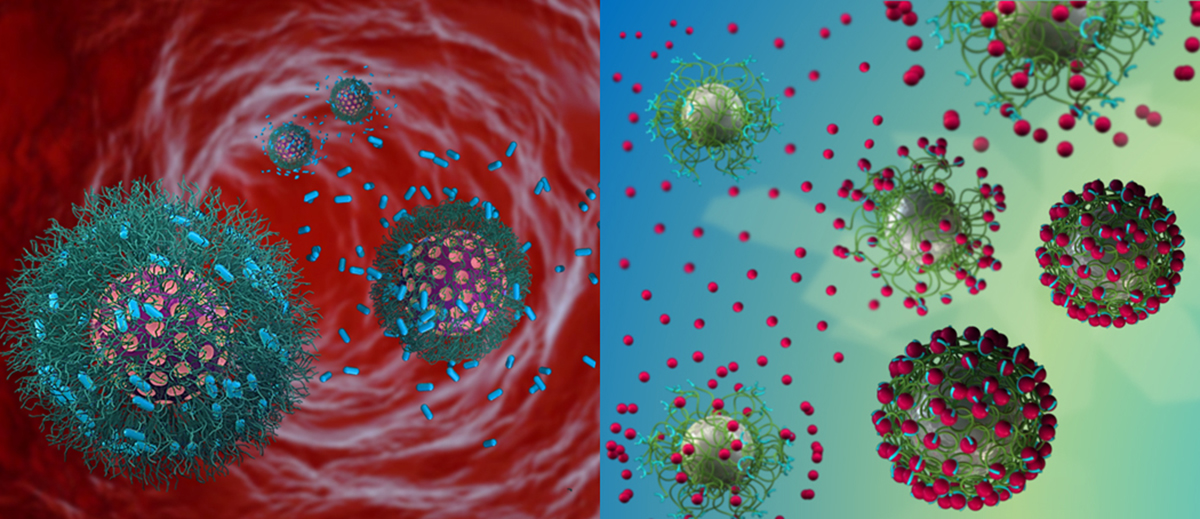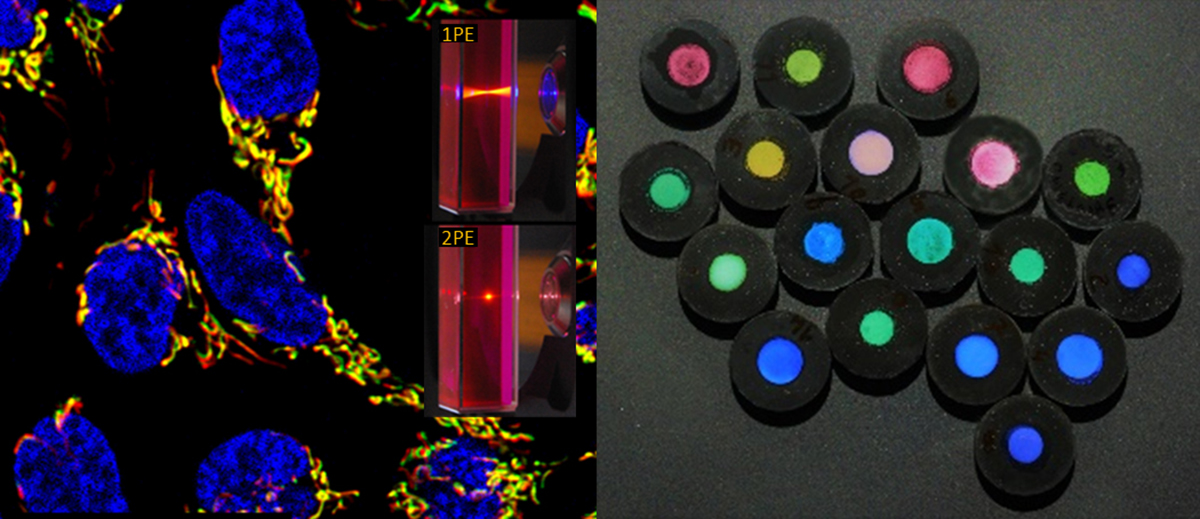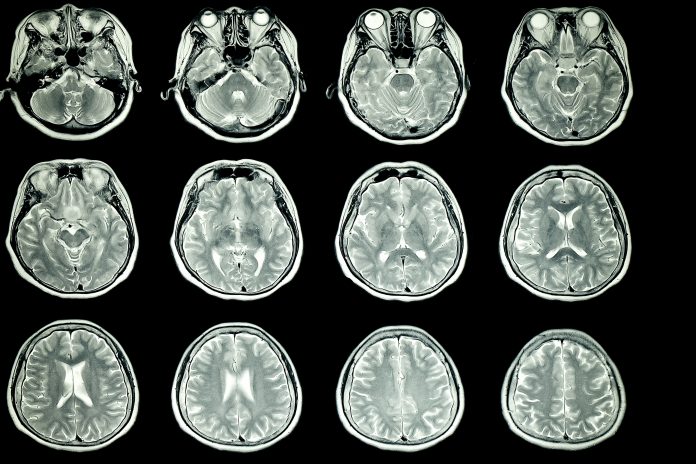Researchers at Técnico, Univ. Lisboa, share their expertise on functional nanomaterials and why they are fit for purpose
Functional nanomaterials present at least one dimension in the nanometer scale, a size range that can give them unique optical, electronic or mechanical properties, which are radically different from the corresponding bulk material. Due to their small dimensions, they have very large area to volume ratio and can be further surface-engineered to provide specific functional properties that the bulk materials do not exhibit.
Initially driven by curiosity, the field of nanomaterials explored new phenomena, such as plasmonics, negative refractive index, teleportation of information between atoms and quantum confinement. With maturity came a period of application-driven research, prone to have a real societal impact and produce true economic value. Indeed, nano-engineered materials already represent a significant share of the global catalyst market and different types of nanoparticles have made their way from bench-to-bedside. Gold nanoparticles are used for on-site medical diagnostics, magnetic nanoparticles (SPIONs) provide better contrast in MRI diagnostic and drug-loaded nanoparticles are used for the treatment of ovarian and metastatic breast cancer.

In the future, we anticipate a sharp increase in the societal impact of functional nanomaterials in key areas from clean energy to environmental remediation, transportation and health.
At the Optical and Multifunctional nanoMaterials (OM2) group of the University of Lisbon (Instituto Superior Técnico), we focus on exploiting the interaction of nanomaterials with light to establish clear design guidelines for developing tailored nanomaterials for applications in imaging, sensing, controlled delivery, optoelectronics and solar energy harvesting. Our work is aligned with the Sustainable Development Goals of the 2030 Agenda of the United Nations.
We aim to contribute to promoting healthy lives and well-being for all, by developing better dyes and sensors for early diagnostics and controlled drug-delivery nanoplatforms for targeted therapy. We also develop nanomaterials for environmental assessing and remediation contributing to ensure the availability and sustainable management of water and sanitation for all. Finally, our work on nanomaterials for optoelectronics and solar light harvesting tackles issues related to accessing affordable, reliable and carbon-free energy.
Our toolbox to design fit for purpose nanostructures includes different types of materials (hybrid nanoparticles, mesoporous materials, stimuli-responsive and fluorescent polymers, gold-dye assemblies, carbon quantum dots and optical sensor materials) and different processes (multiphoton absorption, photoluminescence and photo-induced energy or charge transfer).

We combine these materials and processes to develop:
i) Brighter, specific and more stable dyes for laser-scanning fluorescence imaging based on novel fluorescent hybrid silica nanoparticles with diameters as small as 10 nm and different groups at the surface (for biological targeting, etc);
ii) Nanocontainers for targeted on-demand cargo release, based on advanced hybrid nanoparticles with a core of mesoporous silica of precisely controlled diameter, different pore morphologies and tuneable surface composition (Fig. 1);
iii) Responsive surfaces and delivery-control systems based on stimuli-activated (smart) polymer nanomaterials (Fig. 1);
iv) Smart nanoparticles for metal detection, scavenging and recovery in water (Fig. 1);
v) Hybrid plasmonic nanostructures based on gold and organic/inorganic luminescent materials for brighter and more sensitive imaging and point-of-care molecular diagnostic applications;
vi) Biomimetic structural colour pigments for fade-proof inks and displays based on the self-assembling of polymer nanoparticles (Fig 2);
vii) More efficient dyes for multiphoton imaging in biological media based on push-pull organic molecules and graphene quantum dots with nonlinear emission (Fig. 2);
viii) Photoconductive materials for organic optoelectronic devices based on small acceptor molecules (perylenediimides and others) to promote efficient exciton diffusion in charge-transfer single crystal interfaces;
ix) High-density volumetric optical data storage systems based on polymers with enhanced nonlinear absorption in the near-infrared; and;
x) Solar cells and electroluminescent materials with improved efficiency based on photoactive metal-organic frameworks for tuning the charge-transfer pathways in the active media.
Light-emitting nanomaterials are key for many of our target applications. To lower the limit of detection in diagnostic applications and improve the image quality in advanced laser-scanning microscopy, we develop brighter and more photostable nanomaterials. We do so by incorporating a large number of dyes in polymer chains of controlled architecture and molecular weight or inside silica nanoparticles of precise morphology and dimensions.
Another approach is to increase the brightness of each dye by creating nanostructures that couple the dyes to gold nanoparticles by taking advantage of the local light concentration effect of the surface plasmon. For biological applications, it is also important to have excitation and emission within the biological optical transparent window. For this purpose, we tailor the structure of dyes (e.g. perylenediimides) and nanomaterials (e.g., doped carbon dots and nanographenes) for nonlinear excitation in the favourable spectral window.
At OM2, we are committed to providing new cutting-edge solutions based in functional nanomaterials fit for applications that will help face the present and future challenges of our society in the areas of health, water and energy sustainability. Our group is committed to the challenges that our society will face in the future, providing new cutting-edge products and solutions based in functional nanomaterials.
José Paulo Farinha
Ermelinda Maçôas
ermelinda.macoas@tecnico.ulisboa.pt
Carlos Baleizão
carlos.baleizao@tecnico.ulisboa.pt
José Gaspar Martinho
Instituto Superior Técnico,
University of Lisbon
http://om2.tecnico.ulisboa.pt/
www.twitter.com/OM2_IST
*Please note: This is a commercial profile











